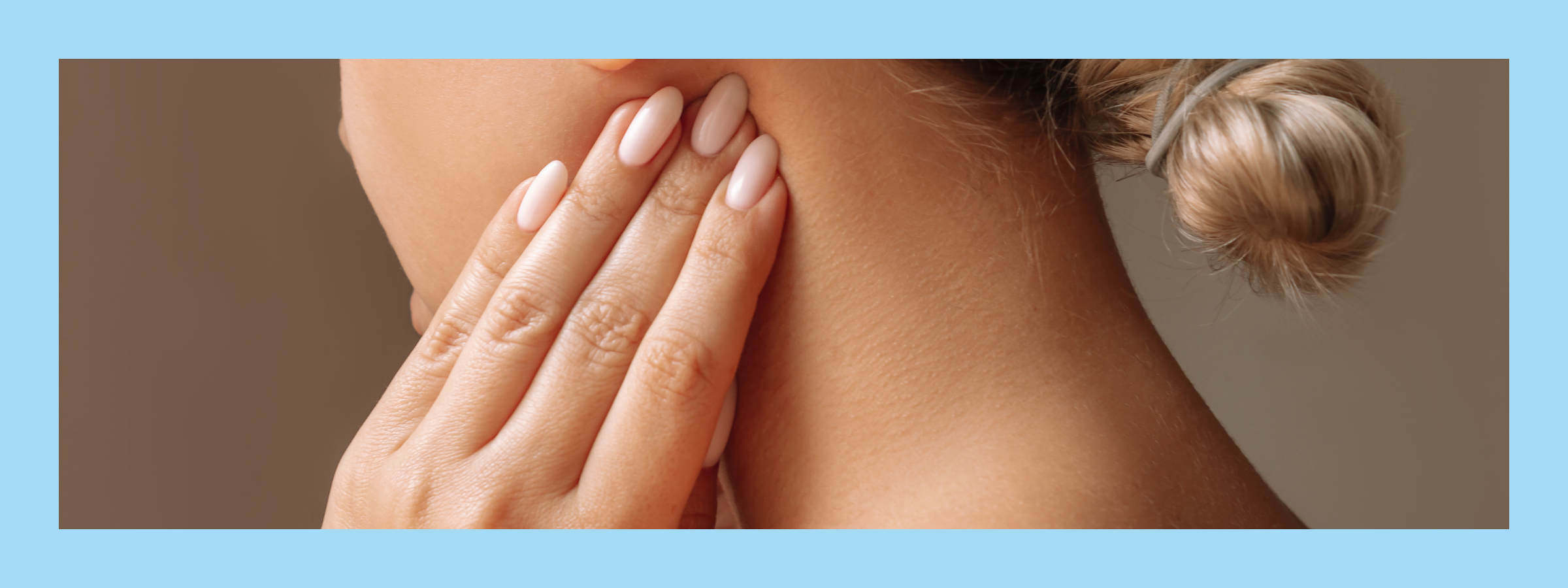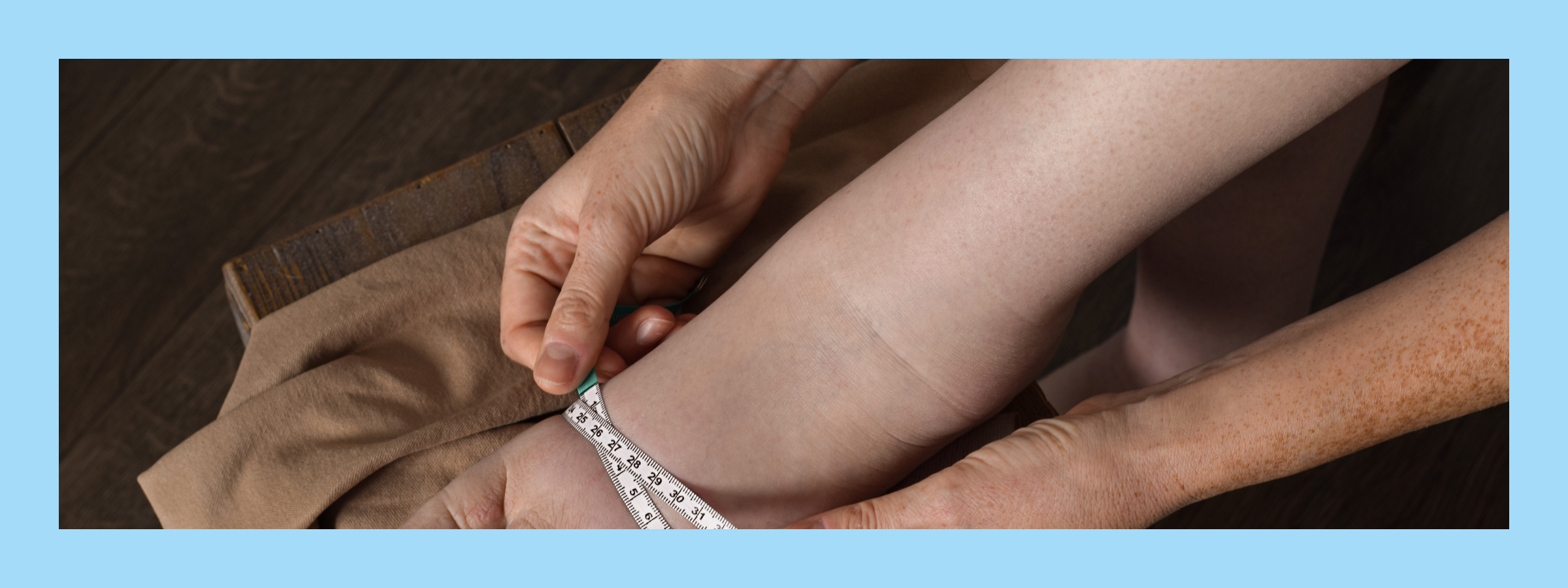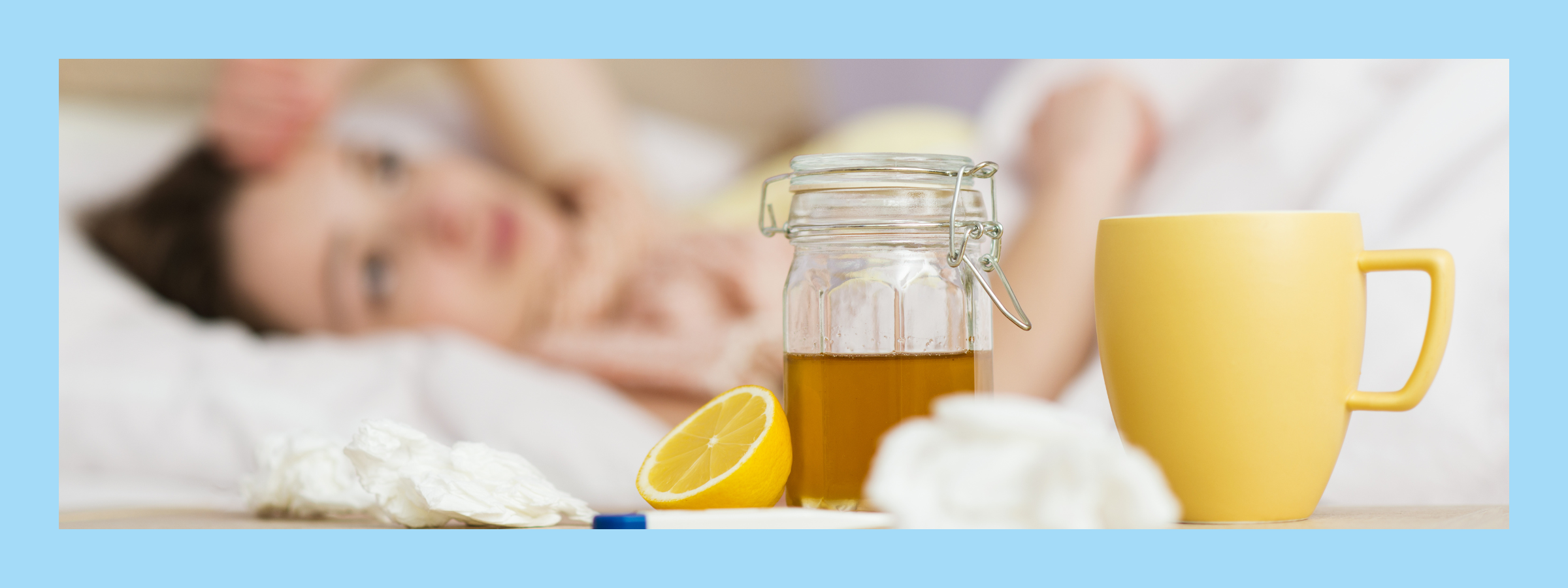
Lymphoedema & Skincare
What is lymphoedema?
The lymphatic system plays a very important part in the way that the body functions. It acts as a waste disposal unit to help drain away fluid, proteins and waste matter from the tissue. It also forms part of the body’s immune system defending the body against infection.
When the lymphatic system is damaged the fluid can not reach the lymph node to be cleaned. This is why the affected limb are more vulnerable to infections. If you do have an injury or infection, this can cause more damage to the lymphatic system in that area. Keeping your skin healthy, unbroken and well moisturised will help to prevent this.
Infections & lymphoedema: How to keep yourself safe
- Keep your skin clean, dry and moisturise everyday.
- Avoid perfumed body lotions because they can dry your skin.
- Clean cuts or grazes straight away, then put an antiseptic cream on and cover the area.
- Protect your skin from the sun by wearing a high factor sun cream.
- Use an insect repellent containing at least 50% DEET– if you're bitten or stung, try not to scratch and use antihistamine cream.
- Avoid hot baths, saunas and steam rooms because this can increase swelling.
- Avoid extremes of temperature that can dry your skin – including hot, cold or windy weather.
- Do not wear tight clothing or jewellery.
- Avoid sitting or standing for long periods of time if you have leg swelling.
- Don't have injections, blood taken, or your blood pressure checked on the affected arm.
Lymphoedema & cellulitis
Your lymphatic system is not only important for draining fluid away from tissues, but it is also important for ‘policing’ or ‘patrolling’ for infection. When your lymphatic system is damaged then it leaves you at higher risk of infections. The most common infection in lymphoedema is cellulitis, a sudden, non-contagious bacterial infection of the deep layer of skin.
Symptoms of cellulitis
- Redness and a feeling of heat in the skin
- Pain and increased swelling in the affected area
- A high temperature
- Chills
Contact your doctor immediately if you have any of the symptoms above.
The infection may enter via a break in the skin, such as a scratch or insect bite or through a pre-existing wound or ulcer, or through an area of skin inflammation. However, it may not always be possible to identify the cause and an attack may arise without warning at all.
Treatment of cellulitis in lymphoedema is very important, not only because the sufferer may become very ill, but because lymph drainage routes risk being damaged further. This may cause the swelling to worsen and lead to permanent skin changes.
Discover more tips at: 'Treatments for Lymphoedema'











Leave a comment
This site is protected by hCaptcha and the hCaptcha Privacy Policy and Terms of Service apply.